U.S. Consumers May Feel Pinch From Panama Canal Tariff Hike
The Panama Canal tariffs on crossing ships will add to looming price hikes for U.S. consumers as Trump threatens to take control of the historic waterway.


Another tariff hike could soon impact global trade and U.S. consumers.
Panama is slated to impose new tariffs this month for crossing ships seeking passage through the Panama Canal. Over 70% of traffic in the critical waterway comes from U.S. naval and merchant ships each year.
The canal’s tariff modifications come after an extreme drought substantially reduced water levels and limited the channel’s capacity for crossing ships. Due to the resulting revenue loss, authorities hiked the fees per vessel.

Sign up for Kiplinger’s Free E-Newsletters
Profit and prosper with the best of expert advice on investing, taxes, retirement, personal finance and more - straight to your e-mail.
Profit and prosper with the best of expert advice - straight to your e-mail.
Separately, President-elect Donald Trump has proposed and continues to defend his plans to impose tariffs on all foreign goods entering the U.S., a campaign vow that economists warn would raise prices for U.S. consumers even further.
Trump has also recently expressed a desire to take control of the Panama Canal, claiming the waterway's control represents a strategic loss for American interests.
Here’s what you need to know about the Panama Canal's upcoming fee hikes and what they mean for you as a consumer.
Who operates the Panama Canal?
The Panama Canal is operated by the Panama Canal Authority (ACP), a Panama government agency that has been responsible for the canal's management for the last 25 years.
As mentioned, Panama is implementing a series of tariff modifications this year to relieve congestion at the canal following its severe drought.
- At one point, Panama authorities said ship crossings were cut by 36% due to low water levels.
- The Associated Press reported that this cost Panama between $500 million and $700 million in 2024.
The disruption caused a major problem for global trade: traffic jams.
This led to delays, higher shipping costs, inflationary pressure on goods, and overall growing uncertainty about the reliability of the Panama Canal’s transit system. Why is this a big deal?
The canal serves more than 144 maritime routes and connects 160 countries, reaching as many as 1,700 ports in the world. That’s not all: more than 70% of cargo ships crossing the 80-kilometer route are going or coming from the United States.
The updated fees, meant to ease congestion, will impact every nation using the Panama Canal, not just the U.S.
Some fees will impact transit reservations, for instance:
- A regular vessel will have to pay $12,000 starting January 1 to reserve the right of passage through the canal.
- Previously, the tariff was $10,500. Super vessels and large container ships will also face transit hikes.
Shippers will be charged 1% of the reservation tariff if they swap slots within 14 days or less. Additionally, any ship that arrives at the canal and needs a last-minute reservation will face even higher penalties. A regular vessel will face a $25,000 tariff, more than double the normal rate.
Those are just a few of the changes that will be in effect for all ships crossing the canal starting this year, according to the Panama Canal Authority.
Could Panama Canal tariffs spike U.S. consumer costs?
Panama’s tariff modifications will increase the shipping costs for U.S. merchant ships, which will impact American businesses and, as a result, may cost U.S. consumers more.
Businesses generally pass along tariff costs to their consumers by inflating prices. That’s mainly because tariffs may reduce business profits, so they must recoup those costs.
At the same time, Trump has remained firm in his pledge to increase tariffs on all imports entering the United States. The president-elect’s most prominent proposal aims to impose a universal 20% tariff and a 100% rate on Chinese imports.
As Kiplinger has reported, economists warn the across-the-board tariffs would drive shopping prices higher in 2025. Everyday items like clothes, toys, furniture, or other household appliances would all see steeper prices, shrinking your spending power.
Some U.S. states would also be hit harder by tariffs than others, as their economies rely more on imports.
Tariffs bottom line: What’s next for U.S. consumers
Tariffs will be a prominent topic in 2025 as the U.S. president-elect plans to impose steep taxes on all imported goods.
As mentioned, experts say that businesses usually pass along some of the costs of tariffs to consumers by hiking the price of goods. While Panama’s new tariffs on goods crossing its waterway are global, they may impact the price of some goods as businesses adjust to higher fees.
Separately, Panama is one of three countries without an inheritance tax, making it one of the top retiree-friendly countries in the world. Additionally, as reported by Kiplinger, many Americans see tax benefits of retiring in Panama. including a lower cost of living, lower property taxes, and tax breaks.
For now, stay tuned on how tariffs may come to impact your wallet in 2025.
More on Panama and Tariiffs
Get Kiplinger Today newsletter — free
Profit and prosper with the best of Kiplinger's advice on investing, taxes, retirement, personal finance and much more. Delivered daily. Enter your email in the box and click Sign Me Up.

Gabriella Cruz-Martínez is a seasoned finance journalist with 8 years of experience covering consumer debt, economic policy, and tax. Before joining Kiplinger as a tax writer, her in-depth reporting and analysis were featured in Yahoo Finance. She contributed to national dialogues on fiscal responsibility, market trends and economic reforms involving family tax credits, housing accessibility, banking regulations, student loan debt, and inflation.
Gabriella’s work has also appeared in Money Magazine, The Hyde Park Herald, and the Journal Gazette & Times-Courier. As a reporter and journalist, she enjoys writing stories that empower people from diverse backgrounds about their finances no matter their stage in life.
-
 Home Depot's Winning Ways Fueled Its 100,000% Return
Home Depot's Winning Ways Fueled Its 100,000% ReturnHome Depot's wide moat leaves little room for competition – and shareholders have profited as a result.
By Louis Navellier Published
-
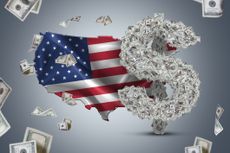 Average Social Security Check by State: How Does Yours Measure Up?
Average Social Security Check by State: How Does Yours Measure Up?Do you live in this New England state with the heftiest check? Your Social Security benefit can be affected by where you live.
By Donna LeValley Published
-
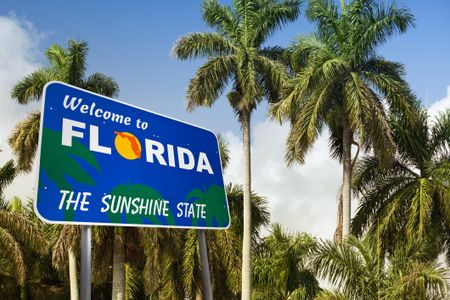 Why Abolishing Florida Property Taxes is Problematic
Why Abolishing Florida Property Taxes is ProblematicProperty Taxes A bold proposal that aims to eliminate property taxes in the Sunshine State has roused concerns from economists, and rightly so.
By Gabriella Cruz-Martínez Last updated
-
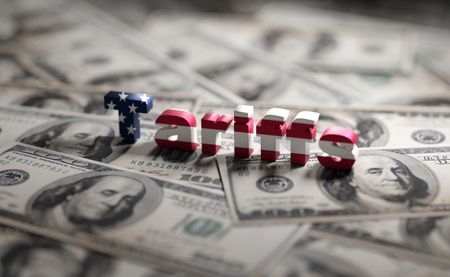 Trump’s Trade War Targets Your Groceries
Trump’s Trade War Targets Your GroceriesTariffs A trade spat is unraveling with the United States' top trading partners, and it will likely affect you at the grocery store.
By Gabriella Cruz-Martínez Published
-
 New Jersey Property Tax Relief Could Break Record
New Jersey Property Tax Relief Could Break RecordState Tax If Gov. Murphy’s budget is approved, some New Jersey residents may see their state property taxes cut in half.
By Kate Schubel Published
-
 Idaho Tax Credit Subsidizing Private School is Law: What You Need to Know
Idaho Tax Credit Subsidizing Private School is Law: What You Need to KnowState Tax The state passed its first tax credit to help K-12 parents recover private and homeschooling education expenses.
By Gabriella Cruz-Martínez Last updated
-
 Five Scary Things the IRS Can Do If You Owe Back Taxes
Five Scary Things the IRS Can Do If You Owe Back TaxesTax Law Traveling in 2025? The IRS can take your passport (and house) if you don’t pay your tax bill.
By Kate Schubel Published
-
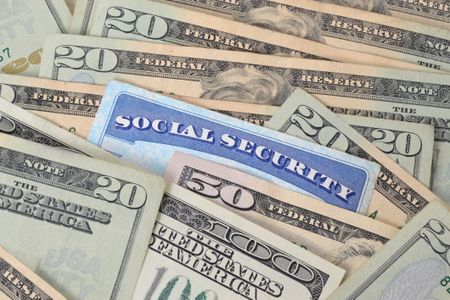 Trump’s Plan to Eliminate Taxes on Social Security Forgets Your Children
Trump’s Plan to Eliminate Taxes on Social Security Forgets Your ChildrenSocial Security A new analysis reveals that the policy change would mainly benefit high-earning retirees or those close to retirement.
By Gabriella Cruz-Martínez Published
-
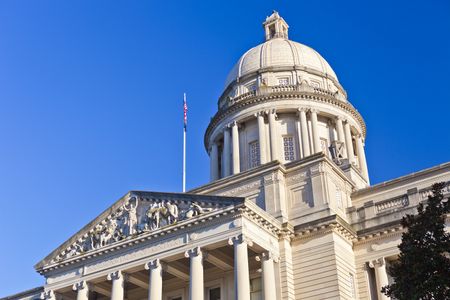 Kentucky Has a New 2025 Income Tax Rate: What to Know
Kentucky Has a New 2025 Income Tax Rate: What to KnowState Tax Cuts to Kentucky income taxes come amid a tax refund delay. What it all means for you.
By Kate Schubel Published
-
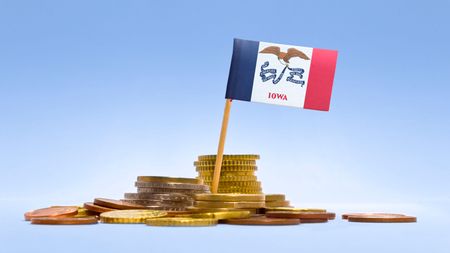 New Iowa Income Tax Rate for 2025: What It Means for You
New Iowa Income Tax Rate for 2025: What It Means for YouState Tax A new tax law lands Iowa among the top ten states with the lowest income tax rates.
By Gabriella Cruz-Martínez Last updated